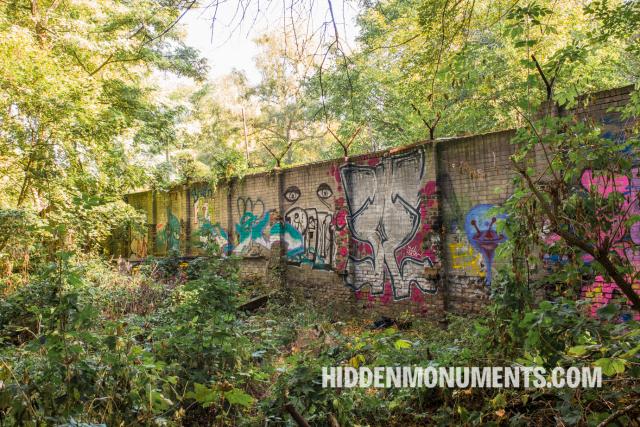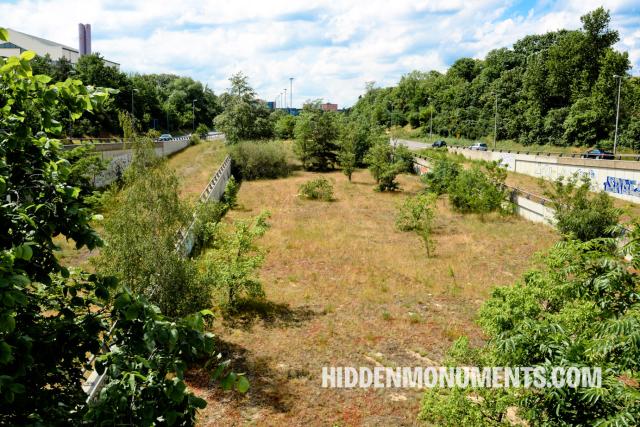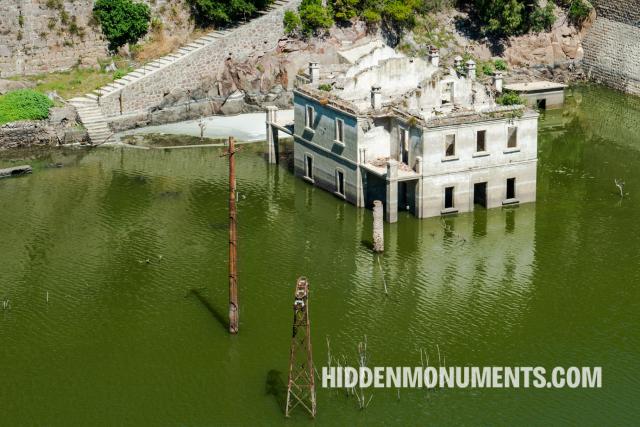At the end of the nineteenth century, the lung disease tuberculosis was rampant in Berlin. The Berliners preferred to see the contagious patients go rather than come. The Beelitz Heilstätten sanatorium was built on Berlin's outskirts in 1898.
Abandoned places
Discover the beauty of Europe's abandoned places, from desolate factories to forgotten ghosttowns, and uncover the stories behind these haunting relics of the past.
- 194 destinations
The Berlin Wall has still not revealed all its secrets: only in 2018 were two forgotten sections of the Wall (re)discovered.
Instead of cars and trucks rushing by, grass, trees and shrubs grow on the A103 highway in Berlin's Schöneberg.
Just below Wissant, in Audinghen, the heavy guns of Battery Todt had a range of 55 kilometers, just far enough to hit England.
During the Second World War, the German "Organization Todt" rebuilt a French artillery battery in the dunes of Fort Vert, close to Calais.
The German army misled the Allies by building a fire control post near Oye in the shape of a church tower.
A deathly silence blows through the streets of the mining village of Asproni. Halfway through the twentieth century, the last resident closed the door behind him.
Pagination
Latest from the blog
Eighty years ago, the world witnessed the fall of Berlin—and with it, the end of the deadliest conflict in human history. On May 8, 1945, Victory in Europe (VE) Day marked the official surrender of Nazi Germany.
All photos and stories are copyrighted. Of course, linking to articles on the site is possible and allowed.
If you would like to use photos or articles from this website, please contact bart@hiddenmonuments.com.
© 2003-2025 Hiddenmonuments.com










